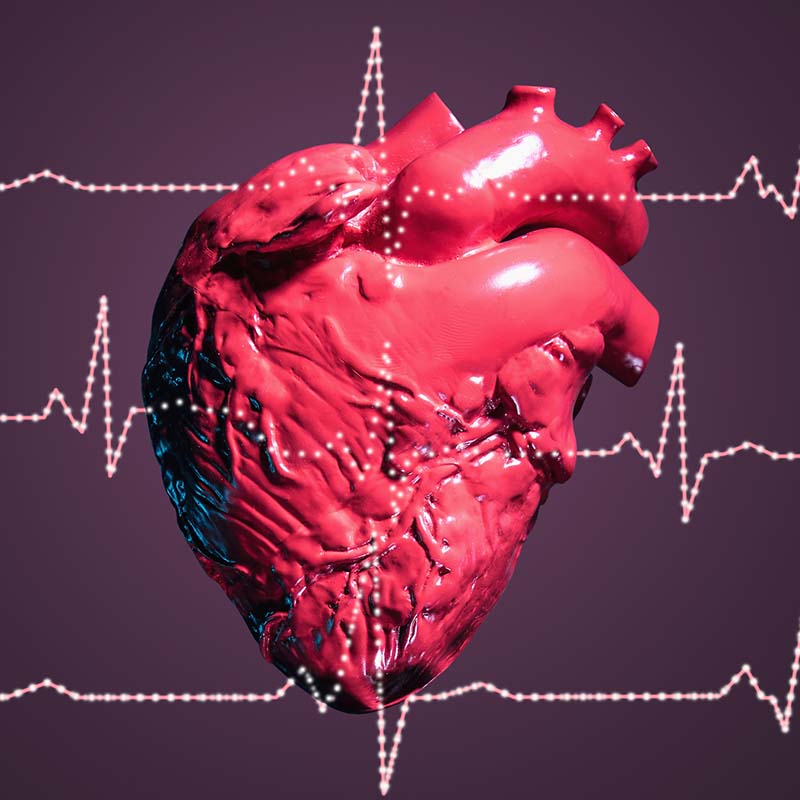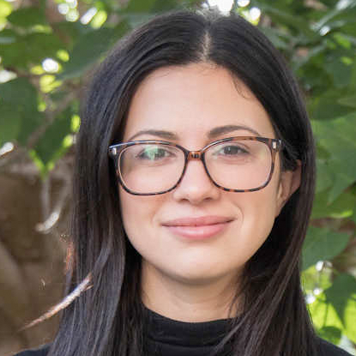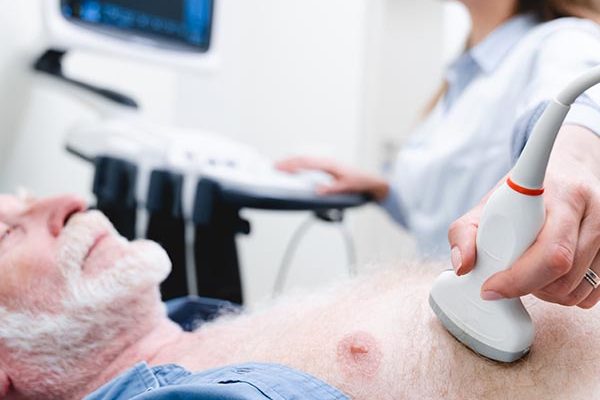Cardiovascular disease (CVD) is the number one cause of death globally, according to the World Health Organisation, with an estimated 17.5 million deaths from CVD in 2012.
Smart phone Ballistocardiography (BCG) is a novel measurement method that requires fewer sensors (≥ 1) placed above the heart. It measures the physical movement of the chest due to the heart beating rather than electrical signals measured by ECG. Due to this neat mechanism, conductive gel is not required.
Proposed use
- Ballistocardiography
Problem addressed
The current standard way to measure heart activity is electrocardiography (ECG), which measures electrical activity on the surface of the torso. Many common heart conditions affect the degree and timing of electrical activity in the heart, which is captured by the ECG signal. ECG has become the standard technique as correlations between heart conditions and features of the ECG signal are very well-established.
ECG requires the patient to have a number of electrodes applied to their torso, with a conductive gel applied between the skin and the sensor. Consequently, it is typically administrated in hospitals, though sometimes in GP surgeries as well. It is therefore normally used on a patients at risk from CVD, and is not suitable for regular, casual testing at home.
Technology overview
Developed by the research group of Dr Aldo Faisal, this app incorporates signal-processing methods that can produce a BCG signal highly similar to an ECG signal in early-stage testing. Modern smartphones typically contain accelerometers capable of measuring this movement, and this app utilises this capability, allowing a smartphone to become a portable BCG, capable of being used by anyone without requiring a trip to the GP or hospital.
The smartphone-obtained BCG has been demonstrated to detect the P wave, T wave and QRS complex and to translate that signal into an estimated ECG signal that closely overlaps with a real ECG reading.
Benefits
- ECG-quality data from a smartphone
- Comparable technology is already being adopted by target customers
- Gel free
- Applicable for home users, health suite app providers, health insurers, healthcare providers and payers
Intellectual property information
EP3096686 A1 HEART FAILURE MONITORING APP
US10285650 B2 HEART MONITORING DEVICE AND METHOD





